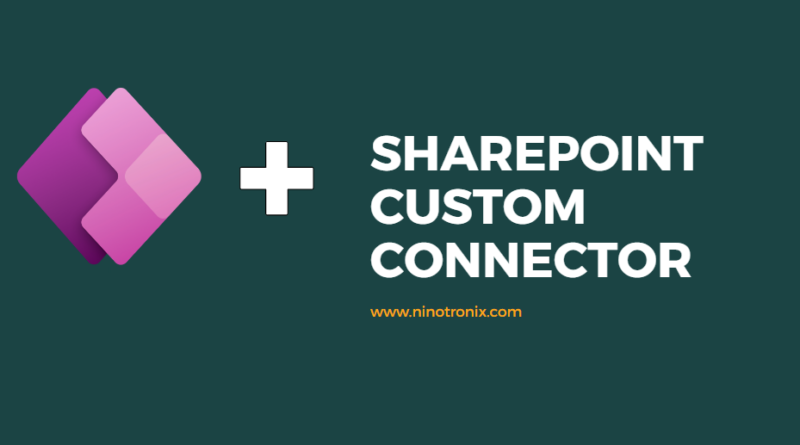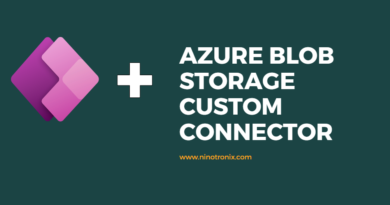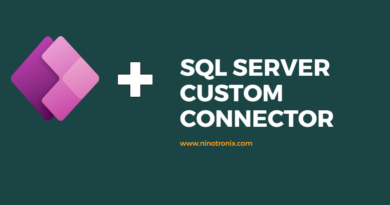How to create SharePoint custom connector in PowerApp
Creating a custom connector in PowerApps to connect to SharePoint involves several steps. Below is a detailed guide with approximately 1000 words that outlines the process:
Step 1: Prepare SharePoint Environment Before creating a custom connector, ensure that you have access to a SharePoint site and have the necessary permissions to create and manage custom connectors.
Step 2: Create Custom Connector
- Log in to the PowerApps portal (https://make.powerapps.com) using your Microsoft account or organizational account.
- Navigate to the “Data” tab on the left sidebar and click on “Custom connectors.”
- Click on “New custom connector” and select the “Create from blank” option.
- Provide a suitable name and description for your custom connector.
- In the “Host” field, enter the base URL of your SharePoint site. For example, “https://yoursharepointsite.sharepoint.com“.
- Select the appropriate authentication type based on your SharePoint configuration. If you’re unsure, start with “OAuth 2.0.”
- Configure the necessary security settings. This may involve specifying scopes, client IDs, client secrets, or other authentication details. Refer to SharePoint’s documentation for guidance on configuring authentication.
- Click on “Create connector” to create the custom connector.
Step 3: Define Actions
- Once the custom connector is created, you’ll be redirected to the custom connector’s “General” settings page.
- Click on the “New action” button to define an action that interacts with SharePoint.
- Provide a name and summary for the action.
- Select the appropriate HTTP method for the action (GET, POST, PUT, DELETE, etc.).
- In the “Relative URL” field, specify the API endpoint for the SharePoint operation you want to perform. Refer to SharePoint’s API documentation for available endpoints and their syntax.
- Configure the necessary parameters for the action. Parameters may include query parameters, request headers, or request bodies. Use the “+” button to add parameters as needed.
- Define the expected response for the action. This may involve specifying response headers, response bodies, or sample responses.
- Click on “Create action” to save the action.
Step 4: Test the Custom Connector
- After creating an action, you’ll be redirected to the action’s settings page.
- Click on the “Test” tab to test the action.
- Provide the necessary input values for the action’s parameters.
- Click on “Test operation” to send a test request to SharePoint.
- Review the response to ensure it’s as expected.
- If the test is successful, click on “Close” to exit the test view.
Step 5: Publish the Custom Connector
- Once you have defined all the necessary actions and tested them, go back to the custom connector’s “General” settings page.
- Review the settings and ensure all the actions are correctly defined.
- Click on “Create connector” to save and publish the custom connector.
Step 6: Use the Custom Connector in PowerApps
- Open the PowerApps editor for your desired app.
- Add a control (e.g., a button or a gallery) to the screen where you want to use the custom connector.
- Select the control and navigate to the “Action” tab in the right sidebar.
- Click on “Add an action” and select the custom connector from the list of connectors.
- Choose the action you want to perform from the available actions for the custom connector.
- Configure any additional properties or parameters for the action as needed.
- Save and preview your PowerApp to test the integration with SharePoint.
By following these steps, you can create a custom connector in PowerApps to




